Update (25.04.2016): The new version (v2) is up and running, and I’ll try to share as much as possible on github.
Example schematic (not yet verified)
Update (09.07.2014): And here’s the new vero layout! Unfortunately I haven’t verified this one as I patched my original, faulty board rather than creating a new one. But I have looked it over and it should be good 😉
For those few of you interested in building this for yourself, I’ll try to stock the shop section with a few pre-programmed Tap-Tempo Clock chips as soon as the empty ones I ordered arrives. If possible I’ll also include a 20-pin DIP socket and the 8MHz crystal.
Tap-Tempo Clock box keeping my tremolo sync’ed.
Update (08.07.2014): After lots of back and forth I finally managed to build this, find out that it didn’t work properly, fix it and then patch it so that it works as intended! The changes aren’t radical, but enough so that I have to redo the vero layout.
Here’s an updated example schematic. Note: I’ve removed the older schematics and vero layout. New vero layout coming soon.
Update (03.05.2014): Following the latest schematic (version 0.2) here’s a vero layout to go with it. I need to source a number of parts for this one, but as soon as I get them I’ll start building, so expect more updates eventually.
Update (26.04.2014): Here’s an improved application schematic that also includes things like current protection and isolated clock outputs. Thanks to free electron over at the diystompboxes forum for the suggestions! (I’ll leave the old one for reference).
Today I want to share my latest project, which is the Tap-Tempo Clock micro controller. The basic idea behind this thing is to have a single box on my pedalboard that accepts a tap-tempo, and this box then synchronizes this tempo with all my tap-tempo enabled effects in real-time.
On top of the basic usage I also included some extra features that could be fun, but aren’t strictly necessary.
Again, I ask that you only use this for DIY purposes and not for commercial production (but feel free to contact me if you’re interested), like the other micro controller stuff.
Here’s a very rudimentary example schematic to give you an idea how to apply this chip. This isn’t necessarily how I intend to implement my box, but it’s all I got for now. When I get back from vacation I plan on fleshing this out and also drawing a diagram/illustration with hardware etc. (and build the thing, not to mention).
I think I want to split the regular clock output into 4+ output jacks for easier routing to external effects, but I will likely have to buffer them somehow so the chip can drive them all. Suggestions are welcome!
I am also a bit unsure how to properly handle the VCC vs AVCC power in terms of noise etc., so suggestions here are also welcome.
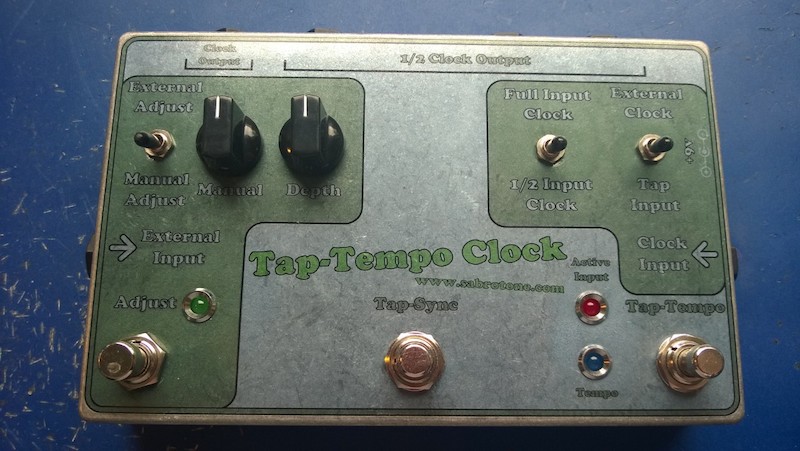
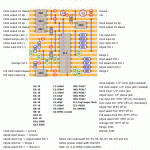
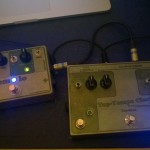
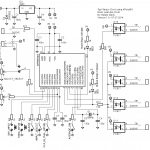
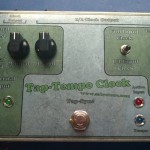
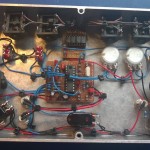
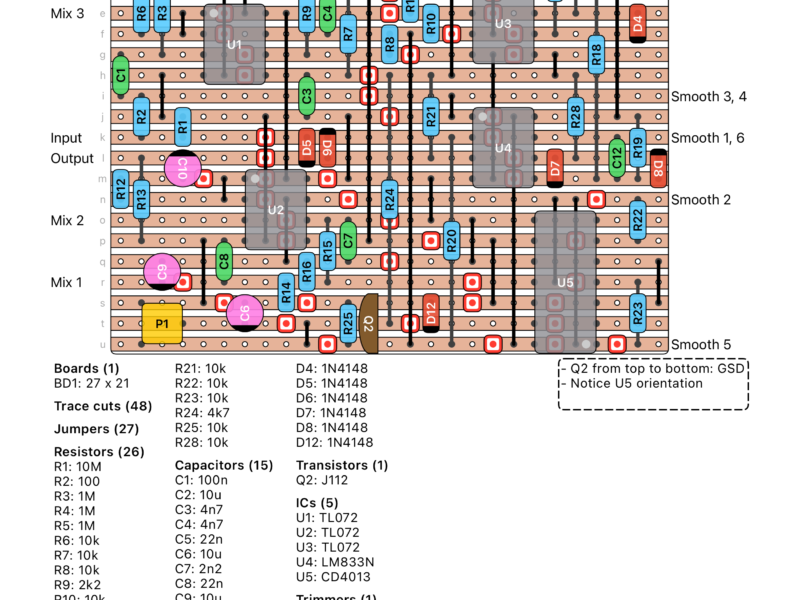
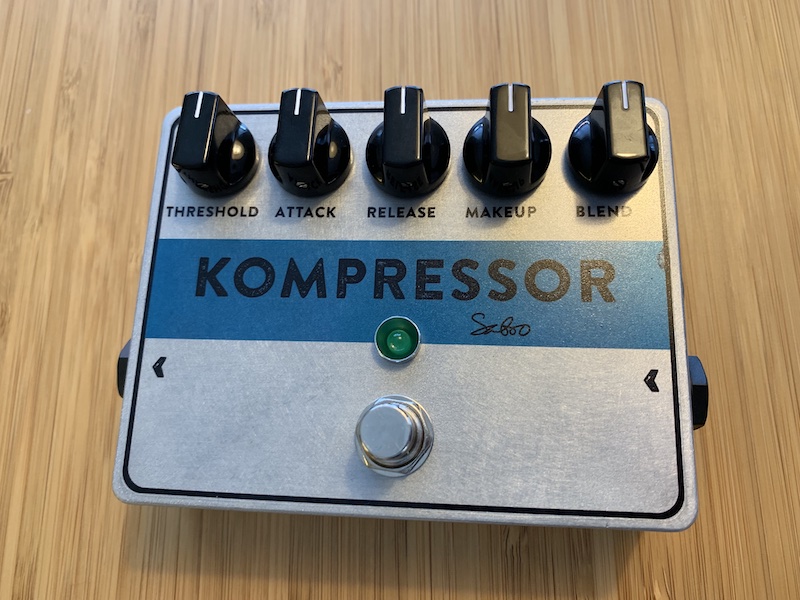
Hi Chris.
No video of this thing in action, sorry. I can certainly ship to the US.
An explanation of how to program it could fill a book. I suggest visiting an AVR forum or looking up a basic AVR tutorial.
Can this be used for both normally open and normally closed controlled tap tempo pedals?
Harold,do you have a video of this machine in action? Also for the ATtiny programmed chip, do you sell/ship to the US? if not can you explain your process for coding the micro processor please? I’m new to digital.